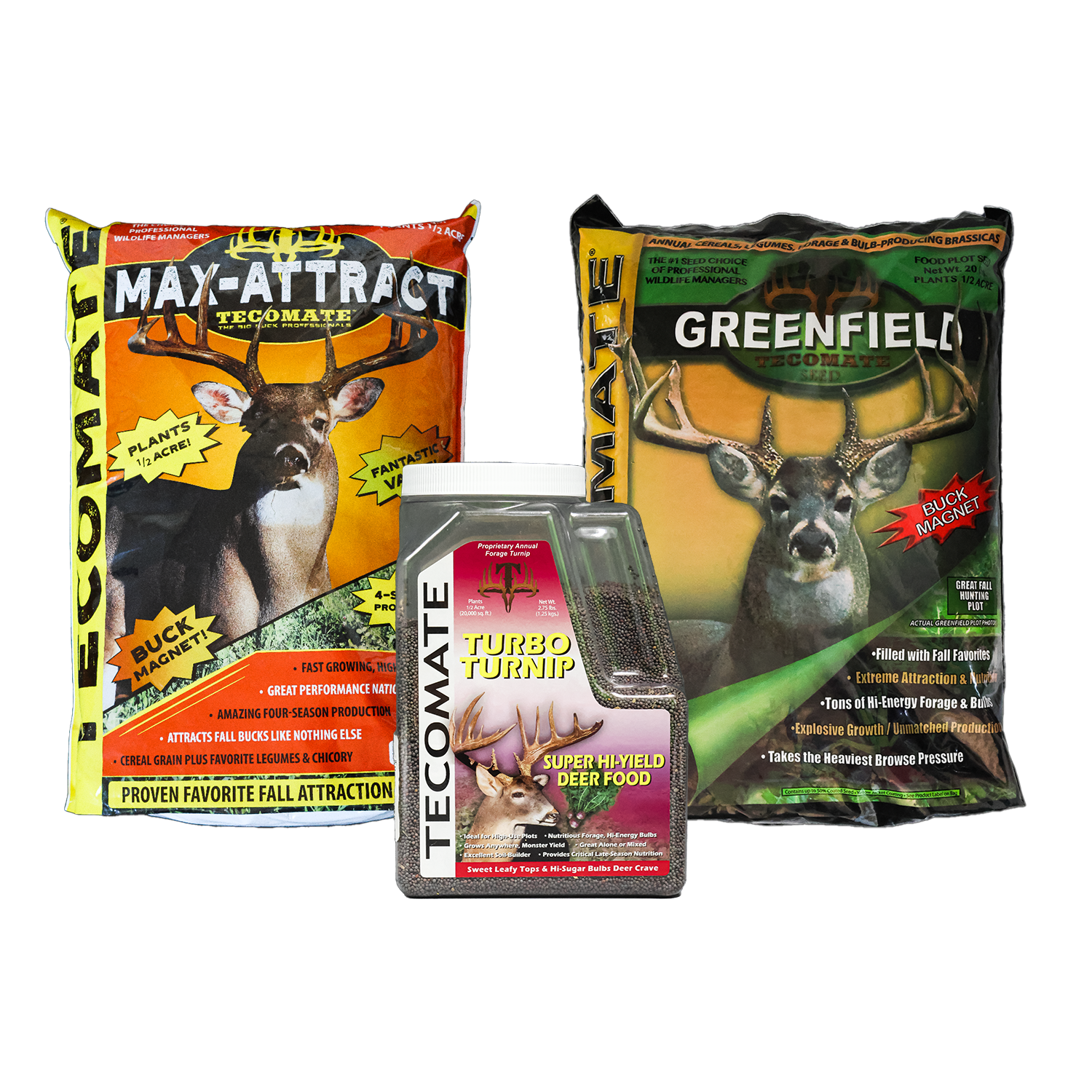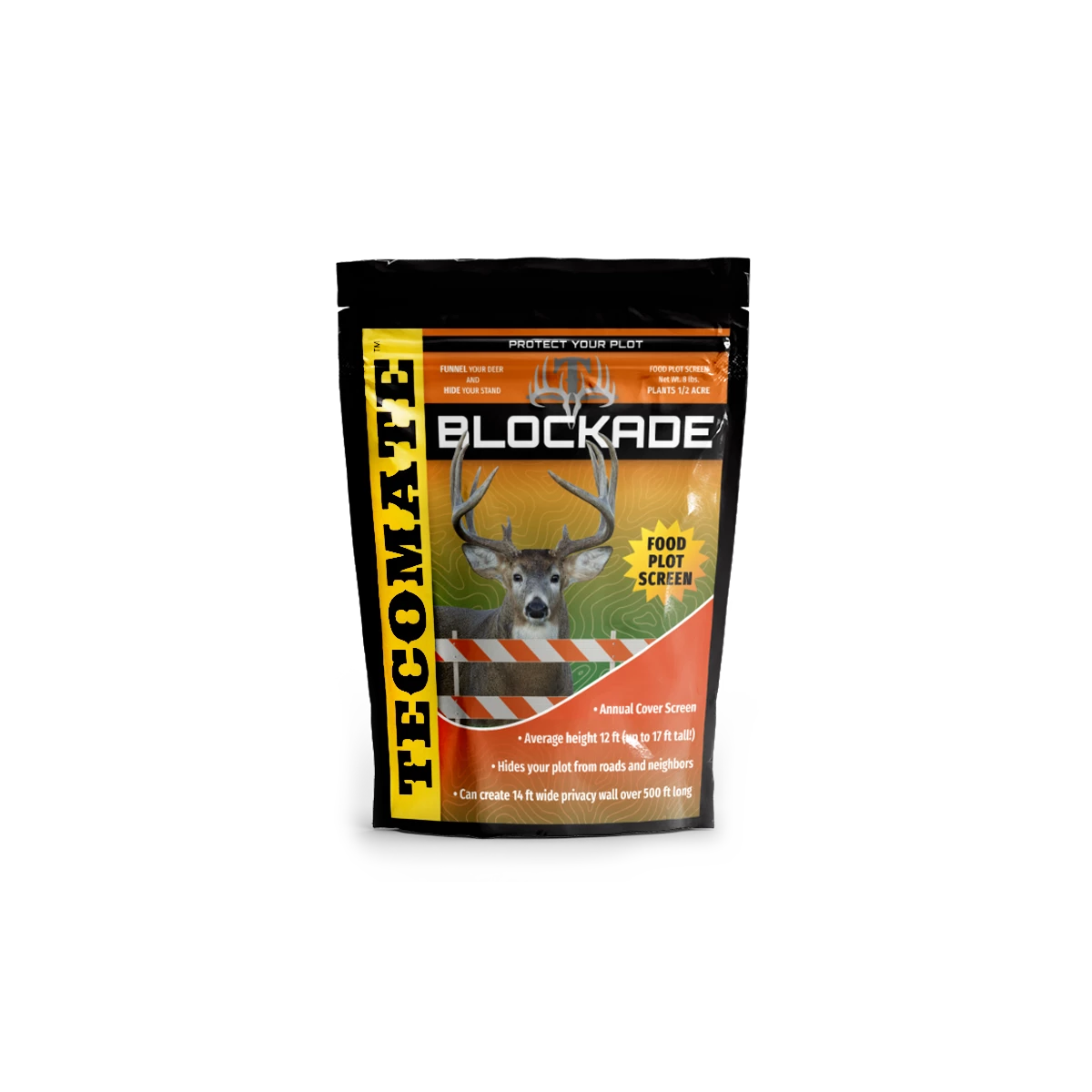How to Properly Obtain Survey Data
Data is one word that can make or break your management program. It’s the Achilles’ heel of managing anything from warehouse inventory to your deer camp. Just as in anything in life, if you put garbage in, you get garbage out. Taking a little time to plan your method of attack on how to obtain proper, representative data can go a long way come deer season. Because wildlife management isn’t an exact, set-in-stone science and practice, it takes a little finesse and experience to really produce top-notch results. However, having great data on which to make recommendations should be your main concern in the population side of managing your deer camp. When you call your Tecomate consultant, one of the things he will ask for is data. Pre-season surveys, post-season surveys, harvest data, stand counts, helicopter counts, spotlight counts, and remote camera surveys are all of interest to your consulting biologist.
Many folks believe that when we go out to count deer from a helicopter, we see every deer out there, thus taking a census of the property. However, this has been proven time and time again to be incorrect. You actually, on average, count only about fifty percent of the animals on the property. This in itself wouldn’t be enough to greatly hamper your ability to obtain really useful survey data. However, the fifty percent is only on the average. The percentage counted is extremely variable and the percent that you truly count is impossible to know. So as biologists, we use this survey data cautiously and focus on what the data says in conjunction with the other indications we read from the land and other forms of survey data. Research has found that the buck to doe ratio from the helicopter is actually very close to being correct. This allows us valuable information when utilizing other forms of survey data collection and to make recommendations on harvest. Also, when planning a helicopter survey, take the time to get to know your property boundaries well enough that you can recognize them from the air. Over and under surveying can pose problems in handling data as well as costing you unnecessary helicopter time. Keeping the helicopter flying at 35 mph and at about 50 feet above the ground and searching for animals 100 yards to each side of the helicopter will mimic the protocol used for most helicopter survey research projects, thus allowing your data to fit and be defensible should questions arise.
Another way to survey your deer herd is through the use of spotlight surveys. Spotlight surveys do take a considerable amount of time but are a great, cheap way to survey a population. Remember that if your property is heavily wooded and you cannot regularly see deer at night with a spotlight, you may want to consider other methods for surveying deer. Unlike helicopter surveys, spotlight surveys utilize constantly plastic visibilities to estimate the area surveyed. Taking the time to measure visible distance every 1/10th mile is absolutely necessary for proper data collection. Use a rangefinder to measure “visibility” on each side of the survey line. This can take some time, so if you aren’t a night owl, take these measurements during the day to decrease the amount of time you are spending in the field at night. Additionally, considering habitat types and known areas of varying deer density across your property will help you plan a survey route. Every part of the property needs to be considered equally, and multiple surveys each year has shown to produce very good representations of the true population size.
While this quick look into surveying deer populations is merely the tip of the iceberg into the options you and your hunting club have to obtain solid data for your property, it should give you an idea of the importance of surveying and the data produced. I recommend that you contact your closest Tecomate consultant and he can help you set up spotlight survey lines, help conduct helicopter counts, and help you to decipher what all of your data means and how best to move forward in your management program.
Posted by Cody Zabransky











Leave a comment